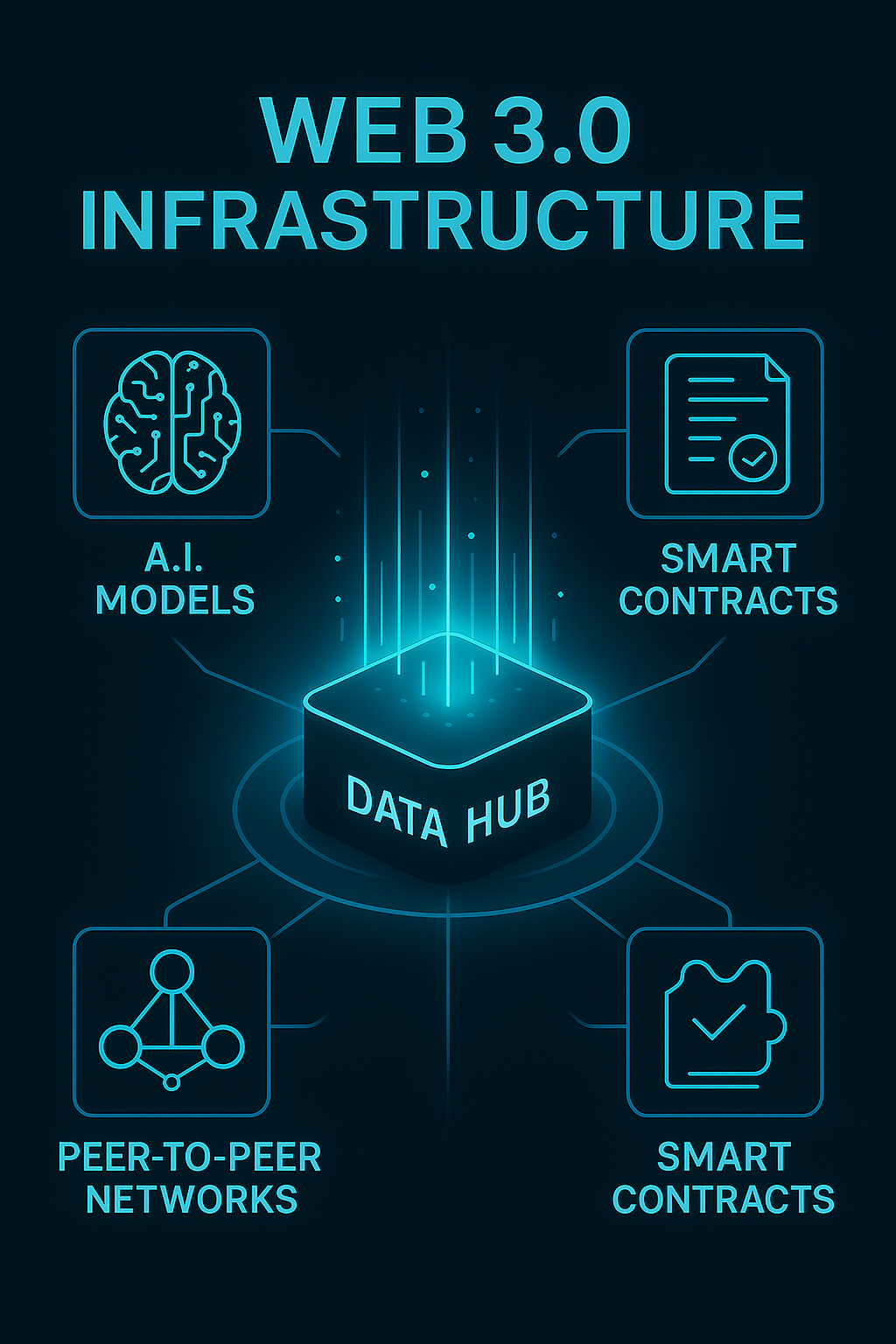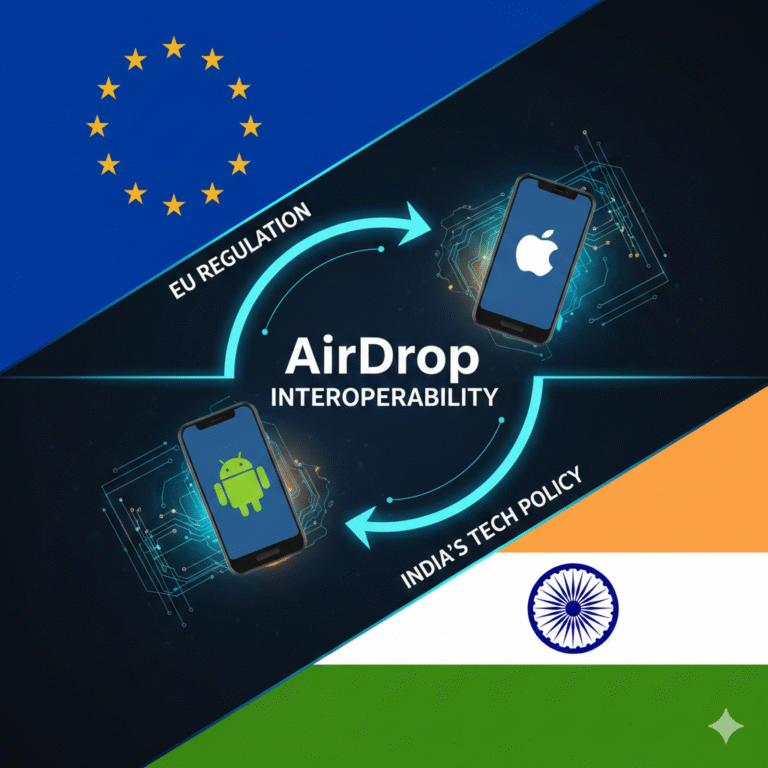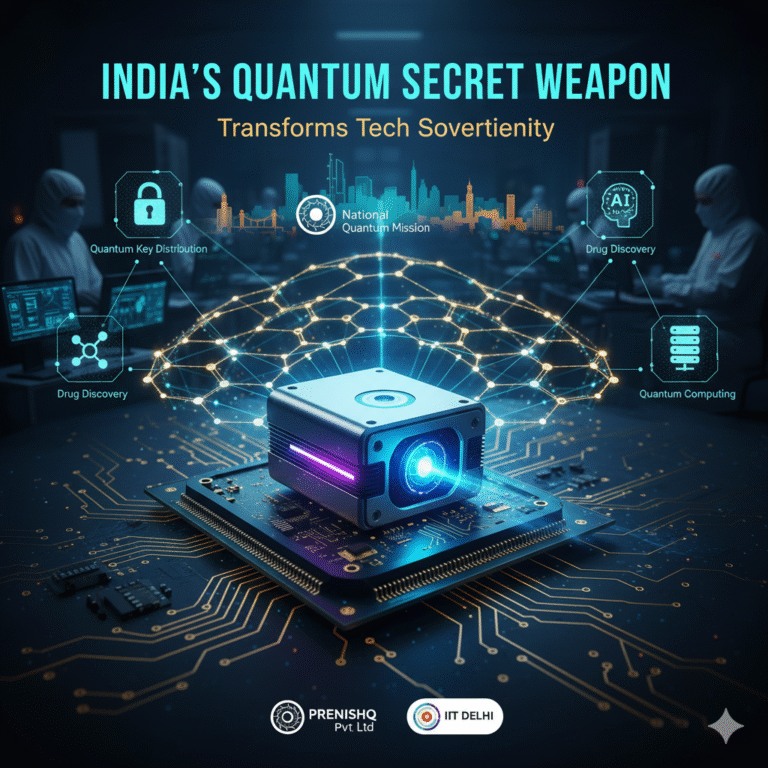Web3.0 is often described as the next evolutionary step in the internet’s journey—a decentralized, user-controlled, intelligent network. In this narrative, blockchain technology is usually placed at the heart of the revolution, acting as the foundational layer enabling trustless transactions, decentralized applications (dApps), and data sovereignty. But is it realistic or even desirable to anchor the future of Web3.0 exclusively to blockchain?
While blockchain has been a breakthrough in cryptographic trust and decentralization, it’s not a panacea. As Web3.0 evolves, other technologies like distributed storage, decentralized identity (DID), peer-to-peer networking, AI, and edge computing are proving essential. This blog takes a research-backed look into why Web3.0 must grow beyond blockchain to reach its full transformative potential.
1. Web3.0: A Conceptual Overview
1.1 What is Web3.0?
Web3.0 envisions a decentralized web where users own their data, interactions are peer-to-peer, and platforms are community-governed.
Key characteristics include:
- Trustless architecture
- Data interoperability
- Ownership of digital identity
- Token-based economies
1.2 Blockchain in Web3.0
Blockchain has played a foundational role in enabling this vision:
- Immutable ledgers
- Smart contracts
- Token economies (e.g., NFTs, DeFi)
- Permissionless access
However, reliance solely on blockchain introduces challenges.
2. Limitations of Blockchain in the Web3.0 Stack
2.1 Scalability Issues
Even with innovations like sharding and Layer-2 solutions (e.g., Polygon, Arbitrum), most blockchains can’t handle the transaction volumes needed for mass adoption.
2.2 Energy Consumption
Proof-of-work (PoW) consensus mechanisms, especially in networks like Bitcoin, consume significant energy. While PoS (Proof of Stake) and newer consensus mechanisms are more efficient, the energy issue persists in legacy systems.
2.3 User Experience (UX)
The onboarding experience for blockchain-based platforms is complex:
- Wallet setups
- Gas fees
- Key management
This creates a steep learning curve, limiting accessibility for mainstream users.
2.4 Interoperability Gaps
Many blockchain platforms operate in silos, making seamless integration and data transfer difficult.
3. Emerging Technologies Supplementing Blockchain in Web3.0
3.1 Decentralized Identity (DID)
DIDs allow users to control their personal data and authenticate without a centralized authority. Projects like Microsoft ION or Sovrin Network are pushing for decentralized authentication layers.
3.2 InterPlanetary File System (IPFS) and Distributed Storage
IPFS and Filecoin enable decentralized file storage:
- Redundancy without central servers
- Improved censorship resistance
- Better scalability for data-heavy dApps
3.3 Peer-to-Peer Networking
Technologies like Libp2p support direct, serverless communication between devices—crucial for a truly decentralized network.
3.4 Artificial Intelligence (AI)
AI in Web3.0 can be used to:
- Personalize content
- Manage autonomous agents (e.g., DAOs)
- Ensure adaptive security
AI complements decentralization by improving decision-making without central oversight.
3.5 Edge Computing
Edge devices process data locally, reducing latency and improving performance. Combining edge computing with Web3.0 allows real-time, decentralized data processing.
4. Case Studies: Beyond Blockchain-Only Web3 Models
4.1 Helium Network
A decentralized wireless network using blockchain for incentives, but largely driven by physical infrastructure and P2P architecture.
4.2 Holochain
Unlike traditional blockchains, Holochain is agent-centric rather than data-centric. Each user maintains their own chain, syncing only when necessary.
4.3 Ceramic Network
Ceramic provides decentralized, mutable documents for the web. It’s ideal for identity and social applications, operating outside traditional blockchain consensus.
5. The Role of Governance in a Post-Blockchain Web3
5.1 DAOs (Decentralized Autonomous Organizations)
While DAOs are mostly blockchain-based today, future governance could integrate AI moderation, token-curated registries, and P2P voting systems.
5.2 Ethics and Regulation
As decentralized systems grow, ethical frameworks, legal clarity, and global collaboration will be essential to avoid misuse.
6. Hybrid Architectures: Combining Blockchain with Other Technologies

6.1 Modular Web3.0 Tech Stacks
Rather than rely solely on blockchain, future dApps could use a stack of:
- Blockchain (for transaction settlement)
- IPFS/Filecoin (for data storage)
- DID solutions (for authentication)
- AI (for personalization and automation)
6.2 Example: A Decentralized Social Media Platform
- Blockchain: Monetization and governance
- IPFS: Media content hosting
- DID: User logins
- AI: Feed personalization
- Libp2p: Direct messaging
7. India and the Global South: Special Context
7.1 Opportunities
- Digital public infrastructure (like Aadhaar, ONDC)
- Youth-driven digital adoption
- Growing interest in decentralized finance (DeFi) and creator economies
7.2 Challenges
- Regulatory uncertainty
- Infrastructure gaps
- Lack of awareness
India could lead in building inclusive, blockchain-lite Web3.0 systems that are:
- Low-cost
- Mobile-first
- Locally governed
8. Conclusion: Web3.0 is More than Just Blockchain
Blockchain has laid the groundwork for a more open, user-controlled internet, but it’s only a piece of a larger puzzle. To fully realize the Web3.0 vision, we must embrace a multi-technology, modular future.
From decentralized identity to distributed storage and AI, the next phase of internet evolution will not be defined by blockchain alone, but by a symphony of complementary innovations.
🧾 10 Frequently Asked Questions (FAQs)
- What is Web3.0?
Web3.0 is the next generation of the internet focused on decentralization, transparency, and user control using emerging technologies. - Is blockchain the only foundation of Web3.0?
No. While blockchain plays a major role, Web3.0 also includes distributed storage, edge computing, AI, and peer-to-peer networks. - Why might blockchain not be enough for Web3.0?
Blockchain has scalability, energy, and interoperability issues. Other decentralized solutions may offer more efficient or complementary alternatives. - What are alternatives to blockchain in Web3.0?
Technologies like IPFS, CRDTs, Holochain, edge computing, and AI-based protocols are emerging as possible complements or alternatives. - How does AI fit into Web3.0?
AI helps in automating smart contracts, managing data, and improving trust and personalization in decentralized systems. - What are the main challenges of using only blockchain?
Issues include slow transaction speeds, environmental concerns, governance, and technical complexity. - What is decentralized storage, and how is it different from blockchain?
Decentralized storage like IPFS allows files to be distributed without needing a blockchain ledger. - Is blockchain still important for Web3.0?
Yes, but it’s likely to be part of a larger toolkit rather than the sole foundation. - What sectors benefit from non-blockchain Web3.0 tech?
Healthcare, education, energy, finance, and even governance could benefit from decentralized tools beyond blockchain. - What’s next after blockchain in Web3.0?
More seamless, hybrid models combining AI, edge computing, and peer-to-peer systems for scalable and inclusive solutions.











+ There are no comments
Add yours